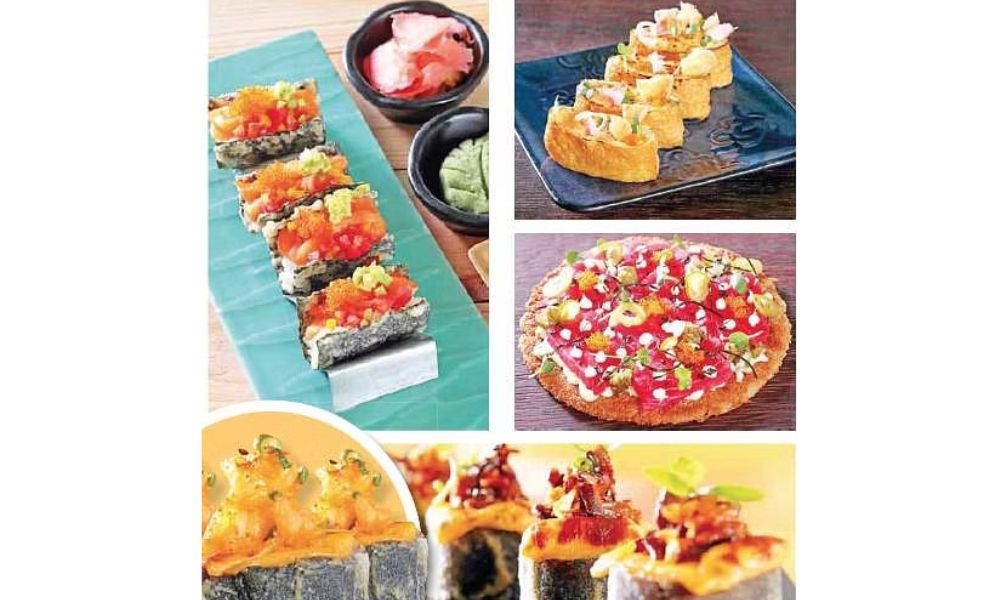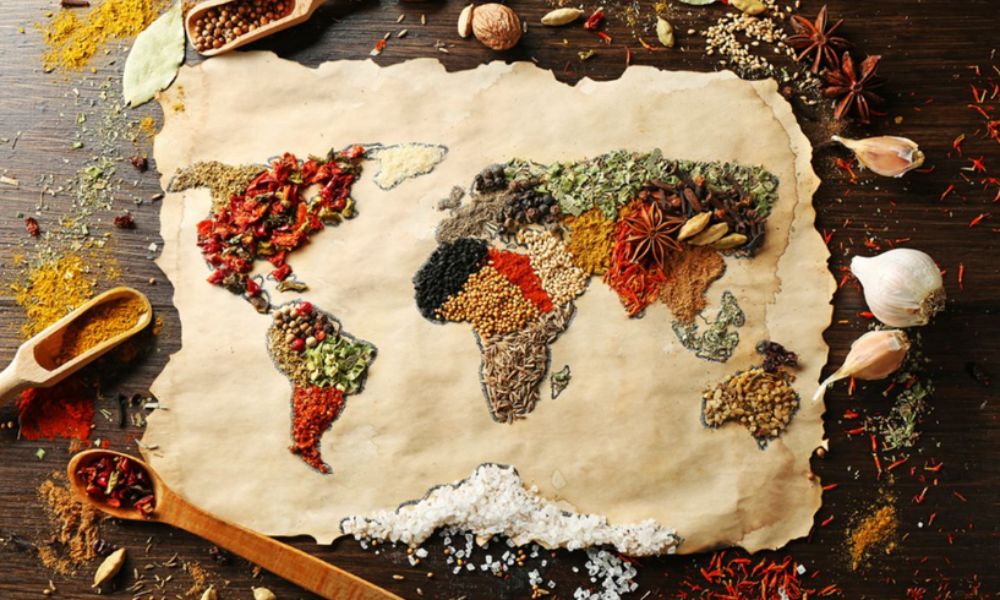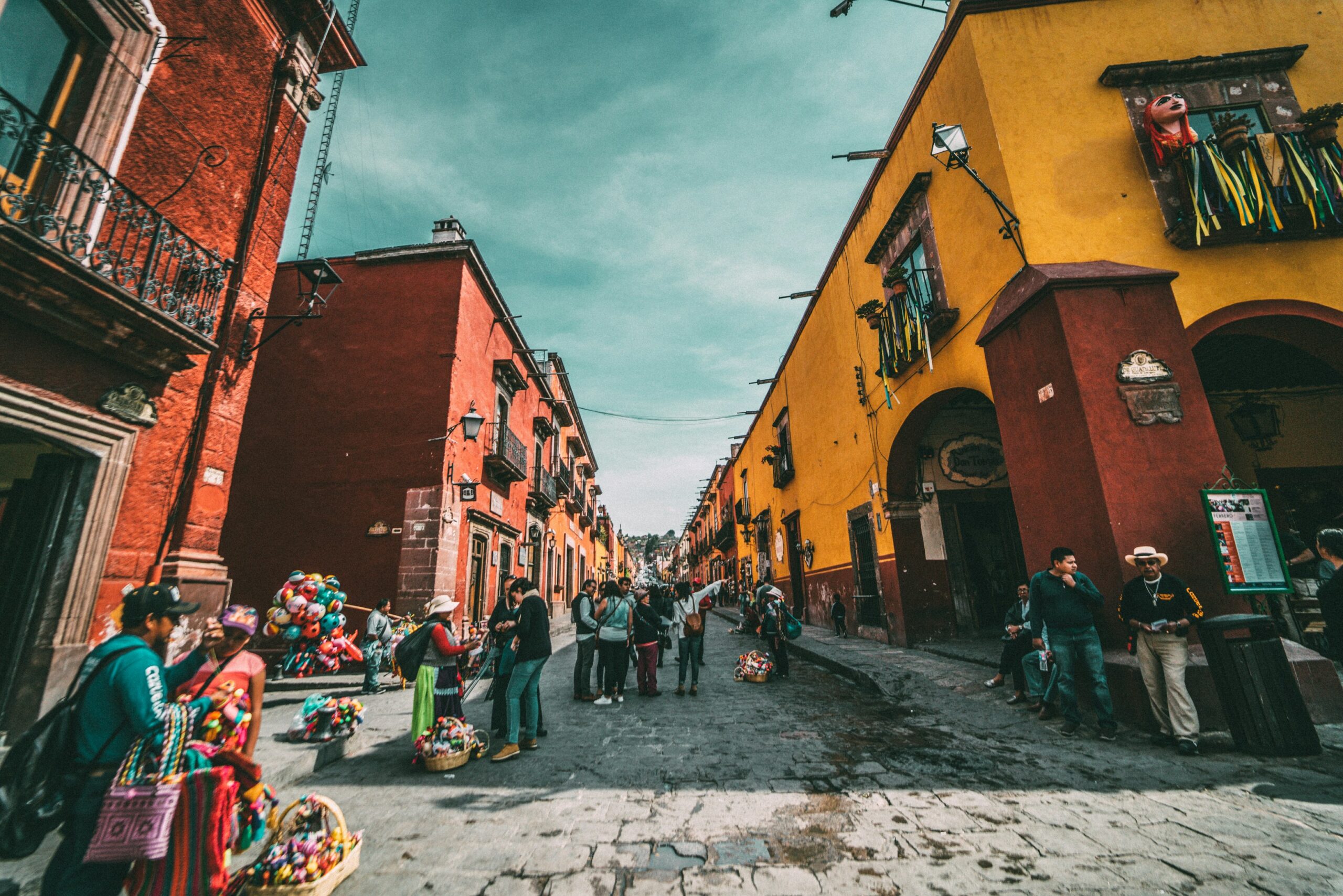Introduction
Food is an integral part of our lives, and it’s not just about nourishment; it’s a journey through history and culture. The dishes we savor today have rich, often centuries-old, histories that reflect the evolution of human society and the fusion of diverse culinary traditions. In this blog, we’ll take a delightful journey through time and geography, tracing the roots of some of your favorite dishes.
Pizza: Italy’s Gift to the World
When you take a bite of a hot, cheesy slice of pizza, you’re indulging in a culinary masterpiece that dates back to ancient times. The story of pizza begins in Naples, Italy, in the 18th century, where it was a simple, working-class meal. The original Neapolitan pizza featured a thin, crispy crust topped with tomatoes, mozzarella cheese, and a sprinkle of basil – a combination that’s now known as the Margherita pizza.
Pizza’s popularity grew rapidly, and it became a staple in Italian cuisine. It eventually crossed oceans and continents, arriving in the United States with Italian immigrants. The first pizzeria in the U.S. was Lombardi’s in New York City, which opened in 1905. Since then, pizza has evolved with regional variations, from the Chicago deep-dish to the Californian gourmet.
Sushi: Japan’s Artful Cuisine
Sushi, the delicate and artful combination of vinegared rice, fresh seafood, and vegetables, is a testament to Japan’s rich culinary heritage. However, the origins of sushi trace back to Southeast Asia, where people preserved fish in fermented rice.
It wasn’t until the 8th century in Japan that sushi began to resemble what we enjoy today. The Japanese transformed sushi into an elegant and refined dish. Nigiri sushi, which consists of a small mound of rice topped with thinly sliced fish, was the precursor to modern sushi.
In the 20th century, sushi went global, thanks to Japanese immigrants. The introduction of the California Roll, which replaced raw fish with avocado, cucumber, and crab, made sushi more approachable to Western palates. Today, sushi is celebrated worldwide for its exquisite taste and presentation.

Curry: The Spicy Global Wanderer
When you savor a spicy curry, you’re indulging in a dish with roots that span continents. The term “curry” is often associated with India, but its history is a fascinating blend of culinary traditions.
Curry as we know it today has its origins in the Indian subcontinent, where various regions developed their unique spice blends and cooking techniques. It wasn’t long before Curry traveled to Southeast Asia, the Middle East, and eventually Europe. The British, in particular, played a significant role in popularizing curry in the West during their colonial rule.
Each region has its spin on curry, with ingredients ranging from coconut milk in Thai curries to yogurt in Indian curries. The global love for curry showcases the beauty of cultural exchange through food.
Tacos: Mexico’s Timeless Street Food
Tacos, those delectable handheld delights, have a history that’s deeply rooted in Mexican culture. The word “taco” is derived from the Spanish word “taco,” which means “plug” or “wad.” This reflects how tacos were initially served as convenient, portable snacks.
Tacos date back to ancient times when indigenous peoples in Mesoamerica would wrap small fish or other fillings in tortillas made from corn or flatbreads. The Spanish introduced the concept of filling tortillas with meat, and it evolved into the delicious street food we enjoy today.
Tacos come in countless varieties, from classic street tacos with simple toppings to gourmet creations with exotic ingredients. They’ve also spread worldwide, thanks to their irresistible flavors and adaptability.
Pasta: Italy’s Culinary Canvas
No discussion of food and history is complete without mentioning pasta. Pasta, that comforting and versatile staple, has deep Italian roots. While Marco Polo didn’t actually introduce pasta to Italy as the legend suggests, pasta has been a part of Italian cuisine for centuries.
The Etruscans and ancient Romans were already enjoying pasta dishes, which were initially made by hand and later perfected with the advent of machinery. The diversity of pasta shapes and sizes reflects the regional influences and creativity of Italian cuisine.
Pasta, in various forms, has spread worldwide, becoming a beloved dish across continents. Whether it’s spaghetti in Italy, ramen in Japan, or macaroni and cheese in the United States, pasta has left an indelible mark on global culinary traditions.
Conclusion
Food is not just sustenance; it’s a journey through history and culture. The dishes we cherish today have intricate stories, with origins that span time and geography. From pizza’s humble beginnings in Naples to sushi’s artistic evolution in Japan, from the global wanderings of curry to the timeless appeal of tacos and pasta, each dish tells a tale of human creativity, adaptation, and connection.
As you savor your favorite dishes, remember that you’re not just eating; you’re experiencing a piece of history on your plate. Food transcends borders, brings people together, and celebrates the rich tapestry of our world’s culinary heritage. So, the next time you take a bite, savor not just the flavors but the stories that make your favorite dishes truly special.






